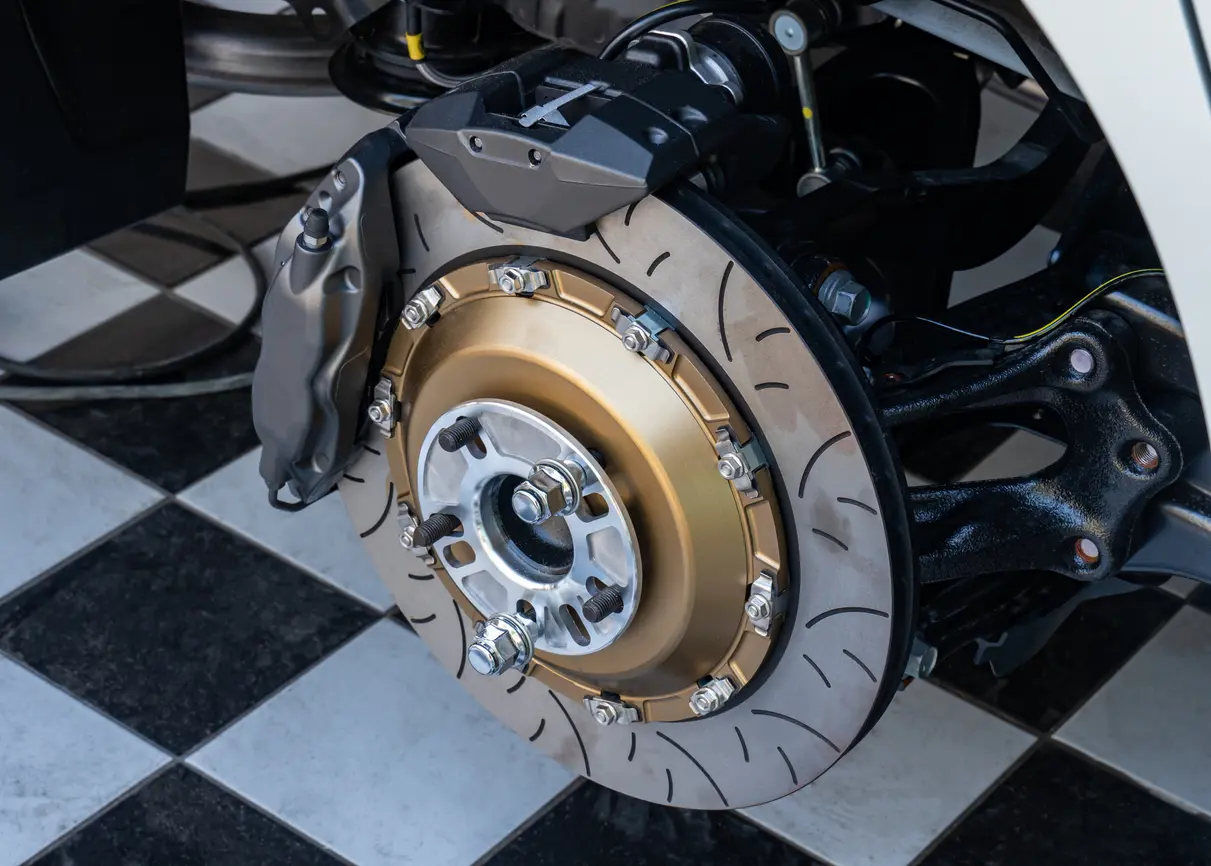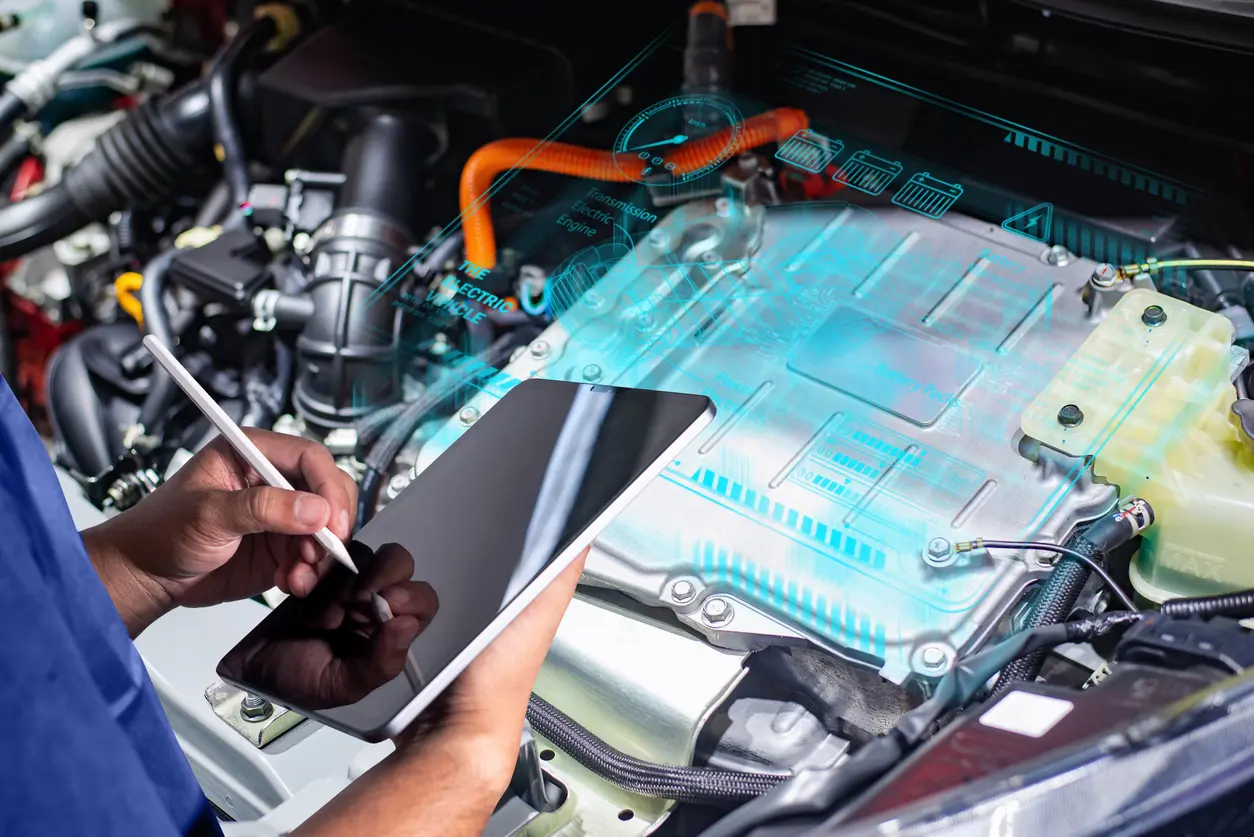Factors Impacting the Lifespan of High-Voltage Batteries in Electric Vehicles
The lifespan of your EV’s high-voltage battery is a key aspect that impacts the overall performance and longevity of your vehicle. Several factors can degrade the battery and compromise its lifespan.
Extreme Temperatures
One of the main factors that affect battery life is the operating temperature. Extreme hot and cold ambient temperatures will impact chemical reactions within battery cells and cause premature aging. High temperatures can cause thermal runaway and irreversible damage to internal battery components, whereas cold temperatures increase internal resistance and reduce the battery’s overall capacity.
Charging Cycles
Another factor to consider is charging habits. Fast charging or frequent, deep discharge can put stress on the battery cells, leading to potential loss of capacity over time.
Daily rapid charging might also be a harmful practice, as it can lead to premature degradation of the battery cells over time.
How to Minimize Degradation of EV High-Voltage Batteries?
Follow the Recommended Coolant Service Intervals
Except for some older models, most high-voltage batteries in electric vehicles are cooled with an internal system that uses coolant to regulate temperature. It is therefore essential that you have your vehicle inspected periodically for leaks, and that the coolant is flushed according to the manufacturer’s recommended maintenance schedule.
There is some good news for Canadian drivers, though. Vehicles sold here have fewer issues with battery degradation than those sold in the southern United States. That said, it is still crucial that you have your vehicle inspected and maintained annually.
Fast Chargers, Batteries, and Precautions
We recommend that you avoid the use of a fast charger daily. The Tesla App, for example, encourages you to use your home charging station, then to keep the car’s battery charged between 80% and 85%. Avoiding frequent 100% charges will help maintain the battery’s health. Whenever possible, try to limit full charges to occasional long journeys. We also strongly encourage you not to let your battery drop below 25% to 30% too often, especially while idling.
Ground Clearance
It may seem obvious, keep in mind that battery cells are often located at the bottom of the car, embedded in the chassis. Be very careful if your electric vehicle has low ground clearance; debris can hit the chassis anytime at any speed, and can potentially damage the battery’s protective case.
Be careful when driving on rough roads or through large potholes. Remember that your EV weighs more than a conventional car; shock absorption components support a heavy load. You must avoid strong and sudden bumps on the road. Speeding on uneven roads will only increase the risk of inconvenient and costly repairs, putting your car’s integrity in jeopardy.
Can Defective EV Battery Packs be Repaired?
Repairing an EV battery can be a difficult task, mainly due to its complex design and the hazards that come with high voltages. But some battery packs are more easily repaired than you might think. The work may require replacing one or many battery modules; in other words, identifying which modules contain damaged cells and replacing them with new ones.
This technique requires advanced diagnostic tools to accurately locate the faulty cells. Thanks to our dynamic test methodology, our NexDrive repair shops can pinpoint defects at the cellular level.
By repairing defective modules within the battery pack, we may be able to prevent the replacement of the entire unit. This approach requires a detailed understanding of battery architecture, as well as advanced diagnostic capabilities to accurately identify the problematic modules.
NexDrive technicians are trained to check all crucial components of your electric vehicle while complying with high-voltage safety standards. Some high-voltage components can only be checked and maintained by EV-certified technicians. NexDrive benefits from the most complete and comprehensive certification program in Canada. Trusting your local NexDrive service centre means making a smart choice.
Tips and Tricks

Why do electric car tires wear out so fast?
EV tires experience increased tread wear because of instant torque and unsprung weight. Learn why electric vehicles lead to worn-out tires and how to extend the lifespan of EV tires with proper maintenance.

Why regenerative braking is bad for your brake pads
Regenerative braking improves energy efficiency, but can cause brake pad issues because of reduced mechanical brake use. Learn how to maintain your brake system and prevent costly repairs in this article.

Does an EV need regular general maintenance?
Although EVs require less maintenance than gas-powered vehicles, they still need regular care. Learn about battery health, brake maintenance, and more here.

